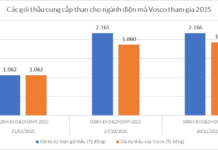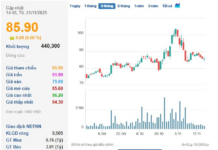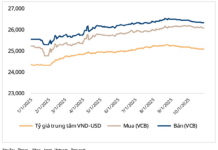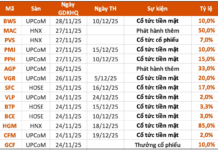In the digital age, not progressing is falling behind. Therefore, digital transformation has become a necessary trend in many areas of socio-economic life. In fact, in recent years, Vietnam has witnessed a strong digital transformation of many businesses, especially in the retail sector. The evidence is the explosive growth of e-commerce and many new digital business models (Shoppertainment…), which have led to a strong rise in digital payment, digital banking, digital finance, and digital investment, among others.
As such, while there are still very few successful digital transformation businesses, there are many businesses that still hesitate about where to begin. This is a big challenge for both the authorities and the businesses themselves, given the ongoing continuous changes due to Covid-19, as well as the existing tension in the Red River Delta, high freight rates, and the risk of supply chain disruption once again.
Being the “captain” of digital transformation campaigns in Mekong Capital’s investment portfolio, as well as the person responsible for the successful transformation of the Precita brand in a short period of time during 2019-2020, Chris Shayan recently shared his experience in digitalization for businesses.
As the Director of Technology Business, Chris Shayan is responsible for working with companies in Mekong Capital’s investment portfolio to ensure their growth and development, based on their products as well as suitable technology and digital marketing foundations. Chris Shayan also contributes to cost optimization, exploring new ideas, and improving the growth performance of the companies. He is also a member of Mekong Capital’s internal Leadership and Investment Advisory Board.
Prior to joining Mekong Capital, Chris Shayan was a founder of several businesses and served as CTO in several industries, including e-commerce and transport. After Mekong Capital, he worked for Techcombank and currently serves as the Digital Director at HDBank.
According to him, on a global scale, businesses have invested $1.85 trillion in digital transformation initiatives in 2022. With the projected compounded annual growth rate (CAGR) of 16.3%, spending on digital transformation is expected to nearly double by 2026.
In Vietnam, there are currently no specific reports on the digital transformation journey. In the most recent sharing, the National Digital Transformation Office has recorded that the average expenditure of the world is about 2-3% of total expenditure and Vietnam is about 0.3% of total expenditure. The Office also recommends that each business should spend at least 10% of total annual expenditure on digital transformation to ensure effectiveness.
In the banking sector in Vietnam, according to statistics from the State Bank of Vietnam, by the end of 2022, the total investment in digital transformation has exceeded VND 15,000 billion. This is a considerable number, but according to Chris Shayan, Vietnamese banks have only completed half of the digital transformation journey.
He said that according to McKinsey, digital transformation is divided into 3 stages: value definition, launch and acceleration, and scale expansion. “Some banks have already implemented digital transformation and are currently transitioning from the second stage to the third stage. However, I think the majority of banks are currently in the first or second stage,” Chris Shayan said.
To optimize costs in the digital business era, businesses need to look beyond just focusing on IT. The cost of doing business should be integrated into each initiative. According to Chris Shayan, digitalization is not just a strategy of a single entity. The management team must clearly define their digital ambitions to establish a strategic foundation, determine the desired business outcomes, and prioritize investment and implementation timelines for digital initiatives.
He recalled that in 2016, the management team of Precita wanted to establish a new point-of-sale system and launch an integrated e-commerce platform with stores and warehouses. However, the big problem here was that the Precita team was used to the “waterfall model”. This model requires 6 months of meetings and planning before the new system can be deployed and another 6-12 months to fix system bugs.
“My job is to solve this problem, so the CEO of Precita and I formed a cross-functional project team. This new team uses the Agile method, with regular meetings and work progress in sprints. Sprint here refers to a regular period dedicated to completing specific tasks. The new team phased the deployment of the new system instead of launching it all at once,” Chris Shayan said.
As a result, Precita was able to transfer all stores to the new point-of-sale system in just 3 weeks. The company launched a comprehensive e-commerce platform in 1 month and completed the entire digital system in 6 months.
Agile is known as a project approach that focuses on flexibility, continuous improvement, and speed. “Using Agile, the businesses in our investment portfolio can better optimize the most important strategic KPIs. Agile is not about how many ideas you have or how many people you have in your organization. It’s about how quickly you can gather data to make decisions,” he emphasized.
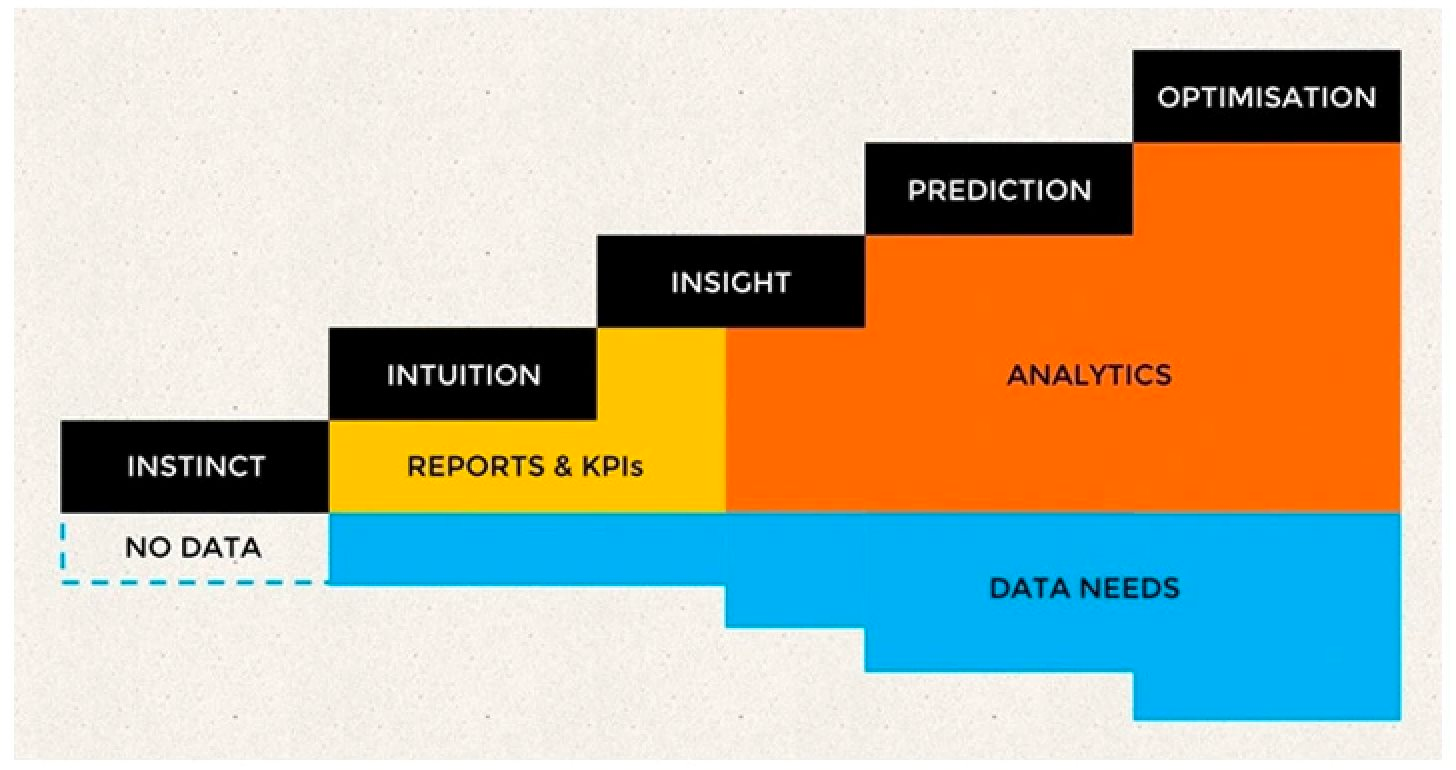
Meanwhile, data is extremely important in the digital transformation, and the key point is how to manage the data. Many businesses, even many departments within the same business, have kept their customer data secret. Therefore, according to Chris Shayan, the technical department needs to consider overall data management; data platform, access management and customer identification, as well as prioritized management solutions to maximize customer experience.
As for cost optimization strategy, he said a comprehensive strategy must include 3 types of activities: IT cost optimization (i.e., reducing IT costs while maximizing business value), Business value optimization (preparing for the digital future by digitizing tangible assets, data, and business processes).
In general, a successful business cannot be separated from a strategy focused on the experience of employees and customers. More and more businesses are applying comprehensive deployment strategies to optimize both internal and external experiences. In which, total experience (TX) is the strategy to create superior experiences, combining four rules: multi-experience (MX), customer experience (CX), employee experience (EX), and user experience (UX). By 2024, organizations that provide a total experience are expected to outperform their competitors by up to 25% in terms of both CX and EX satisfaction scores.











